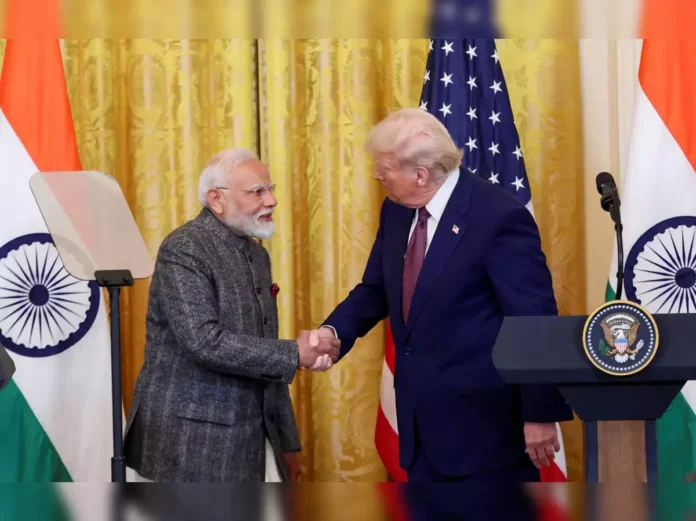New Delhi [India]: The United States’ new trade policy, announced by President Donald Trump on Wednesday, introduces a tiered tariff system based on the type of goods exported and their origin, according to Ajay Srivastava, founder of the Global Trade Research Initiative (GTRI).
Key Highlights of the New US Tariff System:
- Zero-Tariff Goods
- Certain essential and strategic products will be exempt from tariffs, including:
- Pharmaceuticals
- Semiconductors
- Copper
- Energy products (oil, gas, coal, LNG)
- Certain essential and strategic products will be exempt from tariffs, including:
- Selective Taxation on U.S.-Content Goods
- Products with 20% or more U.S.-made content will only be taxed on the non-U.S. portion.
- Low-value shipments under $800 (mostly e-commerce orders) will continue to be taxed at old rates.
- 25% Tariff on Key Industrial Sectors
- A flat 25% tariff will apply to industries such as:
- Aluminum & Steel
- Automobiles & Auto Parts
- Heavy industrial equipment
- A flat 25% tariff will apply to industries such as:
- Two-Tiered Tariff System for Most Other Goods
- April 5, 2025: A baseline 10% tariff will apply to all imports.
- April 9, 2025: Some countries, including India, will face higher country-specific tariffs.
- For India, tariffs could rise as high as 27% on affected products.
Implications for India
While pharmaceuticals, semiconductors, copper, and energy exports from India remain unaffected, other sectors could see a sharp increase in tariffs, impacting India’s textile, engineering, and electronics industries.
Ajay Srivastava explained:
“The actual tariff a country faces depends on what it’s exporting and how its trade practices align with U.S. economic and national security interests.”
Official Policy Statement
As per Executive Order – Sec. 2: The Reciprocal Tariff Policy:
“All imports from all trading partners shall start at a 10% additional duty. Shortly thereafter, tariffs will increase for specific trading partners as outlined in Annex I. These duties will remain until the underlying economic and security concerns are addressed.”
Global Trade Uncertainty Looms
This new trade stance marks a shift in U.S. economic policy, raising concerns among global exporters and financial markets. With India’s exports to the U.S. valued at over $77 billion annually, these tariffs could disrupt trade flows and profit margins for Indian businesses.


